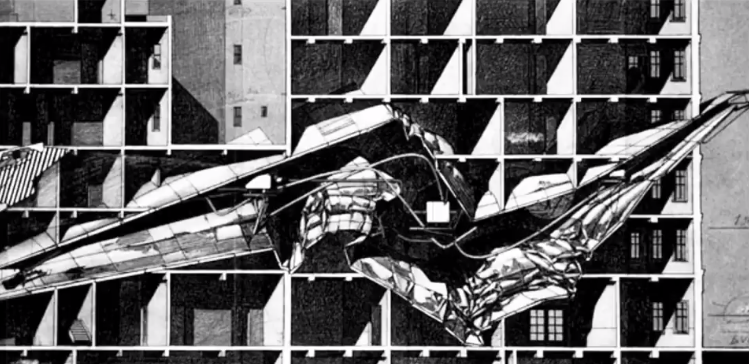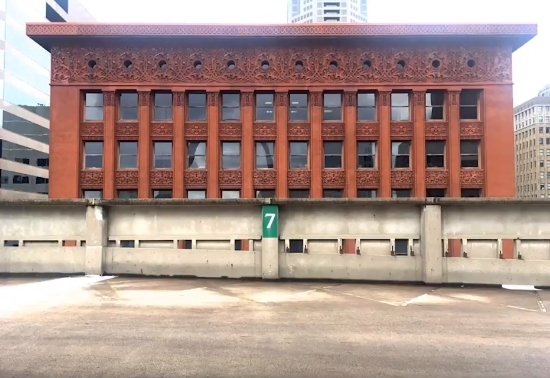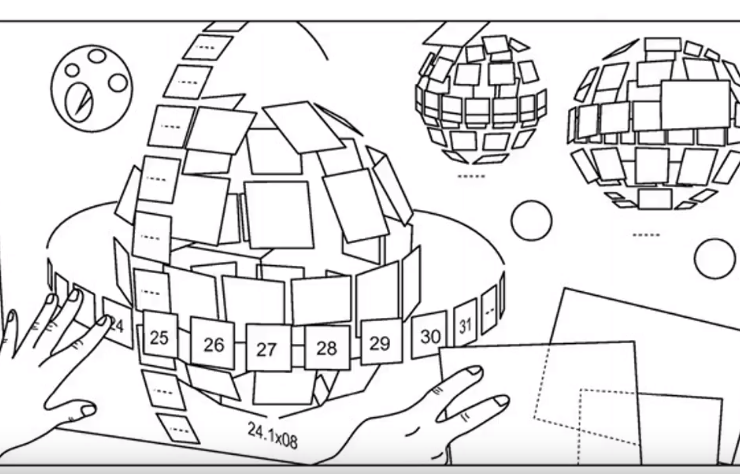In architecture, a manifesto declares a designer's principles, intentions, motives or views.
Architects launch manifestos into the world to express deeply held convictions that challenge the status quo.
Every memorable manifesto conveys a willful or rebellious spirit through forceful rhetoric.
Manifestos announce moments of dramatic upheaval.
They are often organized as a series of directives or 'points' announcing a plan of action.
Most manifestos present an impassioned polemic: that is, one side of a strongly polarized argument.
Manifestos may repudiate orthodox opinions and established practices, demand change, advance new ideas and proclaim their inevitability.
Authors craft manifestos as a call-to-arms; a means to denounce the opposition;
a tool of public and professional persuasion.
I'll begin with what is perhaps the most "manifesto-ish" of all the manifestos I'll show you. Here, Michael Johnson adopts a tone of voice often found in the manifestos of the early 20th centurty to make a neo-materialist argument for the reclaiming of public space for the public. There's also a bit of science fiction here.
Next, we have Reagan Lauder, who offers a manifesto that is intentionally human-scaled, intimate. Here, she argues for a new appreciation of the everyday oddities of life, and for the design of a house-car that can help her find her lost cat.
Next, going back to our sci-fi theme, Tara Shi presents an imagined future in which the implications of certain technologies that are currently making their way into our experience of cities are extended to their logical ends. All public space is digitally mediated; Ride sharing apps are also used to call up shared bedrooms; our very identities are bundled up with the style of our selected user interfaces.
Finally, I'll leave you with Eric Morrill. Eric has a background in poetry and creative writing. What we should pay attention to here is not so much what Eric says, which has specifically to do with a proposal for the design of cabin for a miner, but rather to how Eric says it: word choice, alliteration, rhyming structure, are all treated as the material of his creative process, and later would find architectural expression.



